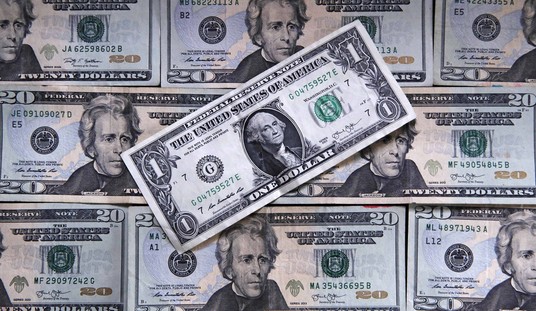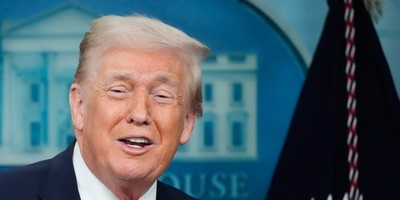On February 13, U.S. Director of National Intelligence Dan Coats appeared before the Senate Intelligence Committee and discussed his just-released "Worldwide Threat Assessment of the U.S. Intelligence Community" report.
That document synthesizes what U.S. military and civilian intelligence analysts, cyber warriors and counter-intelligence experts regard as the "sobering" (a word Coats used) threats to the American people and their interests.
During his testimony, DNI Coats was flanked by the directors of the FBI, CIA, the Defense Intelligence Agency, NSA and the National Geospatial-Intelligence Agency (NGA). Their agencies contributed to the assessment.
Coats' initial threat statement is sharp, clear and dire, so I'll quote it at length.
"...We face a complex, volatile and challenging threat environment," he began. "The risk of interstate conflict is higher than any time since the end of the Cold War, all the more alarming because of the growing development in use of weapons of mass destruction by state and non-state actors.'
Sobering? Yes. Interstate wars can escalate into regional wars. When belligerents possess WMD, escalation can have global consequences.
However, on the cusp of the 21st century's third decade, other wicked variables complicate diplomacy, spying, commerce, warfare and minute-to-minute human survival.
"Our adversaries as well as the other malign actors," Coats continued, "are using cyber and other instruments of power to shape societies and markets, international rules and institutions, and international hotspots to their advantage."
That summarizes many wicked activities. Examples include cyber disruption of communications, cyber crime, propaganda and false flag operations, economic warfare, political and economic penetration of international institutions and support for proxy warfighters in crises in order to destabilize a region.
Recommended
But the DNI's introduction was far from over. "We have entered a period," Coats said, "that can best be described as a race for technological superiority against our adversaries who seek to sow division in the U.S. and weaken U.S. leadership." Moreover, non-state actors "to include terrorists and criminal groups are exploiting "weak state" capacity in Africa the Middle East Asia and Latin America, causing instability and violence both within states and among states."
Coats identified five "functional" types of threats to the U.S.: Cyber spying, propaganda and attacks directed by nation states, non-state actors and criminal groups; WMD and WMD delivery systems; Terrorism; Technological threats from space and in space; Transnational crime.
The cyber war has begun. "Frankly the U.S. is under attack," Coats said, by "entities" using cyber pathways to penetrate security and economic activities. Russia, China, Iran, North Korea and crime organizations conduct disruptive cyber operations against the US. China is particularly adept at using cyber weapons.
North Korea's "state effort" to acquire nuclear weapons and ICBMs is the most immediate WMD threat to the US and its allies. China, Russia and Iran are also expanding WMD capabilities.
Terror groups remain a threat. The Islamic State, al-Qaida and Lebanese Hezbollah (an Iranian proxy) still vow to attack the U.S. and its interests.
The threat from space and to space-based platforms is increasing. Space-based weapons are on the horizon. China and Russia are perfecting anti-satellite weapons to destroy U.S. satellites and anti-missile sensor systems. Even non-state actors have access to "space-enabled situational awareness capabilities." (Google Earth can already see your backyard.)
Transnational organized criminal syndicates are an odious threat. They steal money and launder money. They murder people and wound economies. They undermine and corrupt governments.
Coats touched on several nation state wars. Saudi Arabia and Iran's war in Yemen could spread. East Asia presents the most immediate threat to the U.S. Coats regards North Korea as an "existential" threat to America. China is rising. The DNI believes China will increasingly seek to expand its influence globally. It will also "take a firm stand" on its claims in the East China Sea and South China Sea.
In both seas China's claims collide with American interests and the claims of American allies. When firm meets firm, bullets may fly.

























Join the conversation as a VIP Member